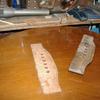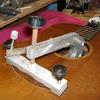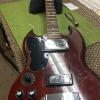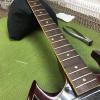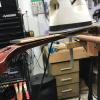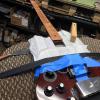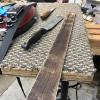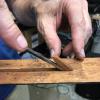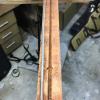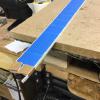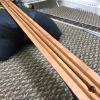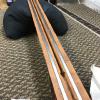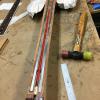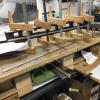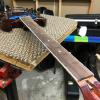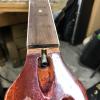Lowcountry Luthiery
Please call for an appointment 843-641-8869
email: guitarrepaircharleston@gmail.com
Some Interesting Shop Pics
A broken Les Paul headstock
Adding Pick Guards to a Parker
Reglueing Bridge
Reconstructing a family heirloom Ukulele
Replacing An Oddly Smashed Bass Fret
Filling and Covering a Pickworn Soubdboard
Cavity Shielding a Strat
The Guts of an Eric Clapton Strat
A simple Strat Rewire
Flattening a Belly Bulge and Reglueing the Bridge
Converting a Left-handed Bridge for a Right-handed Player
Rebuliding A Split Headstock
Straightening A Twisted Mandolin Neck With Inlayed Stabilizer Bars
Removing The Fingerboard To Replace A Broken Truss Rod
